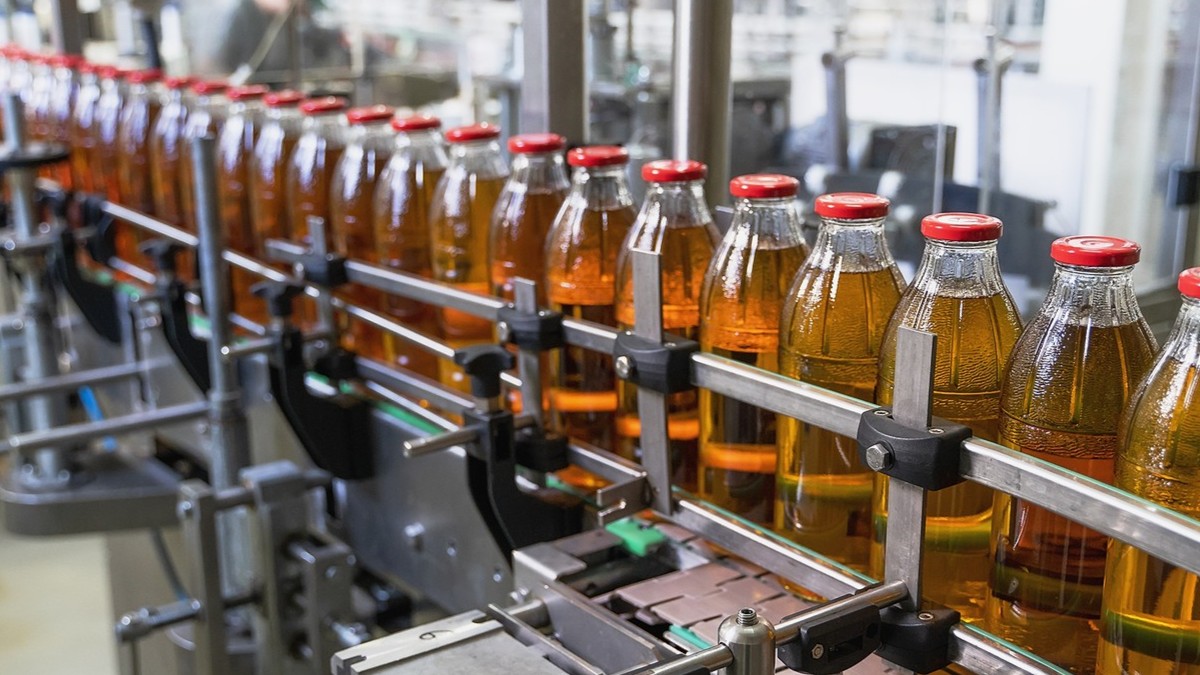Traditional petroleum-based lubricants are increasingly challenged due to their environmental pollution and high carbon emissions, as well as stricter environmental regulations. Bio-based lubricants, with their superior environmental performance—including high biodegradability, low toxicity, and renewable resource origins—are becoming an important solution for companies seeking green transformation and regulatory compliance. Moreover, global regions such as the European Union and the United States support the development of bio-based products through agricultural departments, further expanding the market, especially in automotive, heavy equipment, food processing, and power generation sectors.
Bio-Based Lubricants vs. Conventional Lubricants
Technological innovations in bio-based lubricants include high-performance formulations, environmentally friendly non-toxic and non-corrosive additives, and recycling technologies.
Bio-based lubricants are primarily made from vegetable oils (such as soybean, rapeseed, sunflower) or animal fats, making them renewable resources that can naturally decompose in the environment. In contrast, petroleum-based lubricants come from finite fossil fuels, are non-renewable, and decompose very slowly, causing long-term environmental pollution.
In terms of performance, bio-based lubricants generally offer good lubricity, high viscosity index, and high flash points. However, their oxidative stability and low-temperature performance are often inferior to petroleum-based lubricants. Petroleum-based lubricants benefit from mature production technology, lower manufacturing costs, and more affordable market prices. Nevertheless, with increasingly strict environmental regulations and growing corporate focus on sustainability, the market demand for bio-based lubricants is gradually increasing, indicating potential growth in the future.
Corporate Adoption of Bio-Based Lubricants
Renewable Lubricants (USA)
Produces over 250 environmentally friendly and biodegradable lubricants, including food-grade lubricants, industrial gear oils, and hydraulic oils, widely applied in maritime, railway, automotive, and diesel equipment sectors. The company received government grants, which were used to install a 79.2 kW solar panel system. This solar installation replaced 65% of the company’s energy consumption, saving $10,611 annually. The savings were reinvested in the development of new bio-based products.
Tetramer Technologies (USA)
Developed biodegradable hydraulic oils, which in 2023 expanded applications across various mechanical components and were tested in multiple versions at Sweden’s Porjus Hydropower Station. Using biodegradable and non-toxic formulations that do not break down into harmful substances or accumulate in the environment, their products support sustainable hydropower and minimize environmental damage in the event of uncontrolled spills.
United States Postal Service (USPS)
In 1999, USPS tested AMG 2000 lubricant, developed by Agro Management Group, in 60 postal vehicles in Michigan. Primarily made from vegetable oils, AMG 2000 provided an environmentally friendly alternative to conventional petroleum-based lubricants, representing an early example of public sector adoption for environmental protection and sustainable operations.
Why Companies Choose Bio-Based Lubricants
Regulatory Compliance:
With increasing global attention to climate change and environmental protection, many countries and regions have strengthened environmental standards and restrictions for lubricants, such as biodegradability requirements and VOC emission limits. Choosing bio-based lubricants helps companies comply with regulations, avoid fines or legal risks, and respond to green supply chain trends.
Cost Efficiency:
Although bio-based lubricants have higher initial purchase costs, their excellent lubricating properties reduce equipment wear, extend machinery life, and decrease maintenance frequency and downtime, thereby lowering indirect costs. Some bio-based lubricants also have favorable viscosity-temperature performance and oxidative resistance, improving operational efficiency and equipment reliability, resulting in better long-term cost-effectiveness.
Brand Image Enhancement:
Companies adopting bio-based lubricants demonstrate a commitment to environmental protection and sustainability, helping to shape a green corporate image. This not only increases recognition from consumers and clients but also boosts employee morale and partner trust, positively impacting market competitiveness and long-term corporate development.
Conclusion
Bio-based lubricants offer clear advantages in environmental friendliness and sustainability, making them suitable for applications with high environmental requirements. They reduce reliance on fossil resources, lower carbon emissions, and minimize environmental pollution, in line with increasingly strict global environmental regulations.
However, cost remains a challenge for the promotion of bio-based lubricants. Raw materials are less abundant than petroleum, and processing costs are higher. Additionally, some bio-based lubricants still require performance optimization under extreme temperatures or high-load conditions.
Looking ahead, technological advancements, formulation innovations, and large-scale production are expected to reduce costs and improve performance. This will enable wider application in automotive, heavy equipment, food processing, and renewable energy sectors. Driven by global demand for sustainable development and a low-carbon economy, the bio-based lubricant market is steadily growing, becoming a key direction for the lubrication industry’s green transformation.



.jpg)










.jpg)